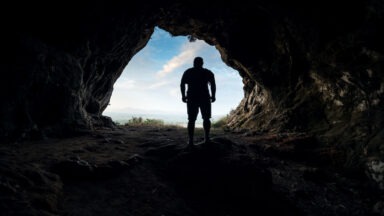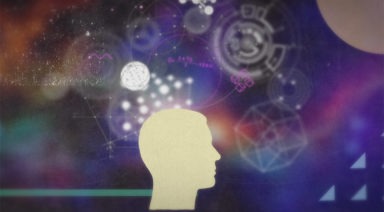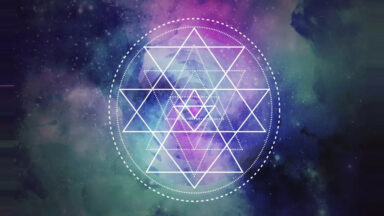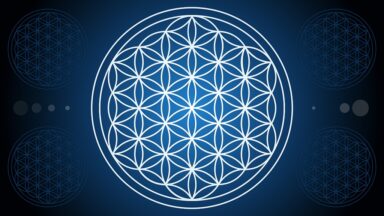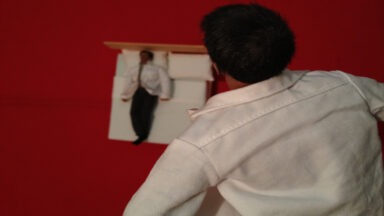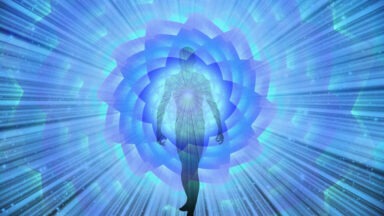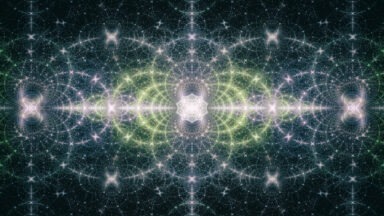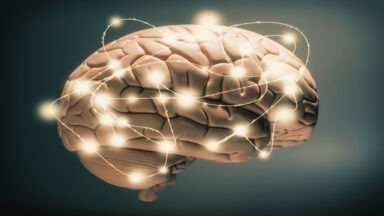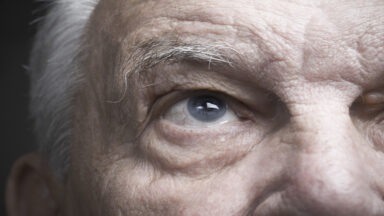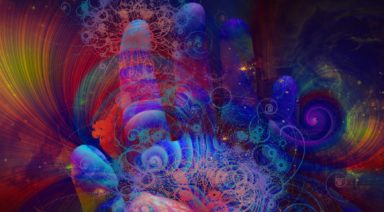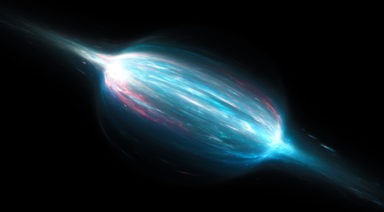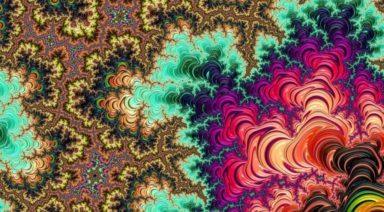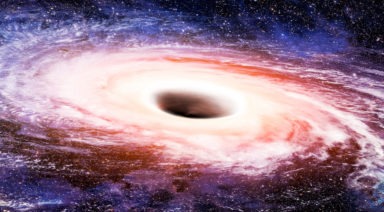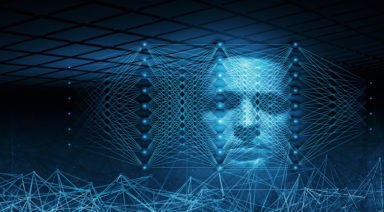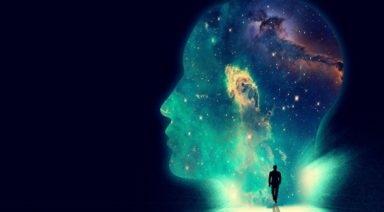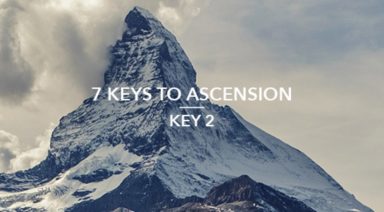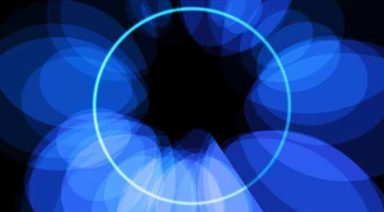The Bootstrap Paradox; Time Travelers Caught in Infinity Loops

If you committed to going back in time to kill Hitler, there are questions to consider: what would you be unwinding and what could truly be undone? Once on the other end of the journey, who would you know yourself to have been, and who would you become?
By reversing spacetime, you could lose the knowledge and desire to do the killing, and you could lose the reason for your desire. As you unwind your self-identity, do you lose connectivity to the originating point as well as the destination? These questions point to the conundrum known as The Bootstrap Paradox, otherwise known as the Ontological Paradox.
When caught within cause-effect loops that include traversing the space-time continuum, our purpose and identity can be dissolved, with or without a reboot. Our originating self-identity can become self-created and temporary or self-created with new, unlimited potential.
In essence, being caught within a recurring time arc is similar to the moment of birth within a woman’s womb. A living being and new realities are born, and trajectories for three-dimensional potentialities emerge.
These ideas invite others. If our souls collect specific information during time-travel, it means that consciousness includes all spacetime possibilities and every potential realm. If our spirits can recall our original, intellectual fodder throughout these types of journeys, it means that self-identities remain intact when traversing spacetime, and therefore evolve as if the experience of spacetime were linear.
I wonder when moving deeper into time spirals, would we begin to collect clear visions and experiences or would we be thrust into undeterminable clouds of impressions?
While the term metaphysics translates literally to “about physics,” its meaning has evolved into something more spiritual. It might be said that metaphysics is better defined as, “the nature of being, existence, connectivity, and consciousness, throughout all physical and non-physical realms, and in every dimension and direction.”
“By denying scientific principles, one may maintain any paradox.”
— Galileo Galilei
Boostrap Paradox Examples
Our best teachers of how paradoxes might unfold could be some of the writers and producers in Hollywood. Here some of their narratives involving the Bootstrap Paradox:
— When Star Trek’s Scotty described how to make transparent aluminum in Star Trek IV, he was referring to how matter might un-form while also remaining in a relatable structure, thus alluding to a cause-effect loop.
— When Marty McFly played “Johnny B. Goode” and Marty’s bandmate called Chuck Berry so he could hear it, it could be said that Marty and Chuck Berry became born-again with new trajectories, as if never having had the potential to exist prior, except in this unique moment of creation.
— During The Time Travelers Wife, the time-traveler memorizes a list of dates from a written note. He then ventures back in time and dictates the list, thereby becoming a co-participant in a never-ending loop that is without a discernible point of origin. In this case, the time-traveler is pulling himself upward “by his bootstraps” as if he is simultaneously both the puppet and puppeteer.
— Now let’s get to the juiciest example of the Bootstrap Paradox. Doctor Who proposed a riddle. A Beethoven-Loving time traveler departs his current reality to traverse spacetime to meet his musical God. When he lands in Beethoven’s living room, he finds that Beethoven is without inspiration or any chance of producing his famous music. Because of his devotion and love for Ludwig, the time traveler commits to copying every one of the master’s creations. On subsequent visits, the time traveler gives them to Beethoven, who in turn, absorbs these gifts and delivers them to the world. Fast-forward to an unknowing time traveler listening to his favorite Beethoven symphony. In an instant, he decides to travel back in time to meet this profound and wonderful composer. The challenge here is to determine who actually wrote the 5th, 6th and 9th Symphonies? Who is Beethoven in this story? Is Beethoven the person who is birthed the moment he receives the copied music? Is the genuine composer, formerly known as Beethoven, now erased from reality? We’ll never know!
If I went back in time to the moment I was assigned this article and handed myself the required research prior to a word being written, I would be creating a bootstrap paradox involving two versions of myself, each of whom would have non-predetermined, potential trajectories, while also being forever tied to each other and the production of this article.
“How wonderful that we have met with a paradox. Now we have some hope of making progress.”
— Niels Bohr
Could Bootstrap Paradoxes Lead to the Hemorrhaging of Spacetime?
Whenever we imagine something, it can have an impact on our realities. One simple intention or desire can cement unknown and untested trajectories. If our thoughts can impact our lives, it would be easy to imagine that the mechanisms and laws behind spacetime could be tricked, trapped, and trampled. Connecting strands of trajectories and potentialities, whether in this moment or in prior ones, could reshape reality as we know it.
Events like these wouldn’t only affect our physical realities; they could give birth to pathways and algorithms that are entirely foreign to our bodies, minds, and souls. If one soul was inventive enough to trick her relative spacetime construct, a collection of tinkering souls could have the potential to give birth to new realities, reform consciousness as we know it, and reconstruct the building blocks of creation in all directions and realms. In other words, yes, we can cause the eternal nature of all realities to have simultaneous strokes, which in turn could extinguish all realities or birth unlimited ones.
Bootstrap Paradox Movies and TV Series
Hollywood has done an excellent job at creating believable narratives and characters that bring to life these types of paradoxes. Even though these are not all perfect examples of bootstraps, this list will answer most of your questions and freak you out (in a good way):
- Interstellar
- Looper
- Timecrimes
- Arrival
- Primer
- Time Lapse
- The Final Countdown
- 12 Monkeys
- Terminator
- Terminator 2
- Somewhere in Time
- Split Infinity
- Planet of the Apes
- Escape from the Planet of the Apes
- Bill & Ted’s Excellent Adventure
- The Time Traveler’s Wife
- Doctor Who: Space & Time
- Doctor Who: Time Crash
- Back to the Future: All of them!
- Star Trek IV: The Voyage Home
You might recall moments where you felt as though you were within a loop. It may have felt like déjà vu, or it may have felt more palpable and tangible. It’s entirely possible that every life is a bootstrapped loop. When we’re feeling bad about ourselves, what picks us up? When we’re missing important pieces of information, what mechanisms or influences cause them to appear? Before a flower is born, does life-itself reach backward to pull it into existence and give birth to a new here-and-now? It’s fun to ponder!
If we were so inclined, closed-loop time travel, causal loop paradoxes, and controlled repetition of cause-effect loops might also produce trajectories that result in the absolute liberation of consciousness, for all beings, across all realities, throughout all the realms, and for all time. This gives greater meaning to the Sanskrit mantra often shared by Amma, The Hugging Saint: “Lokah Samastah Sukhino Bhavantu,” which translates to, “May all the Beings in all the Worlds Be Happy.”
French Researchers Spent 40 Days in a Cave to Study Our Perception of Time
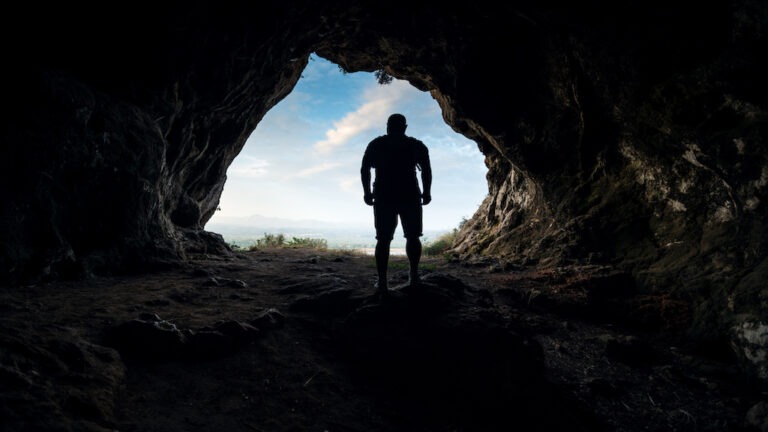
In today’s fast-paced world, many of us feel that time is a luxury we just don’t have. But what would happen if we had no way of telling the passing of time? A group of volunteers, isolated in a French cave for 40 days, recently found out.
A group of 15 French volunteers was part of a study called “Deep Time”, which set out to explore human adaptability to isolation. Christian Clot, an explorer and the project’s director, was also one of the volunteers.
“The main objective for the entire mission was to understand how a group of human beings can adapt when suddenly they are in a situation without one of the most important things in our life, which is time. I mean, everything is time in our life, we’re always watching our watch or smartphone, and suddenly you are out of time, you don’t have this information,” he said.
“What happens to the brain? What happens to social situations? What happens to our genetics?”



